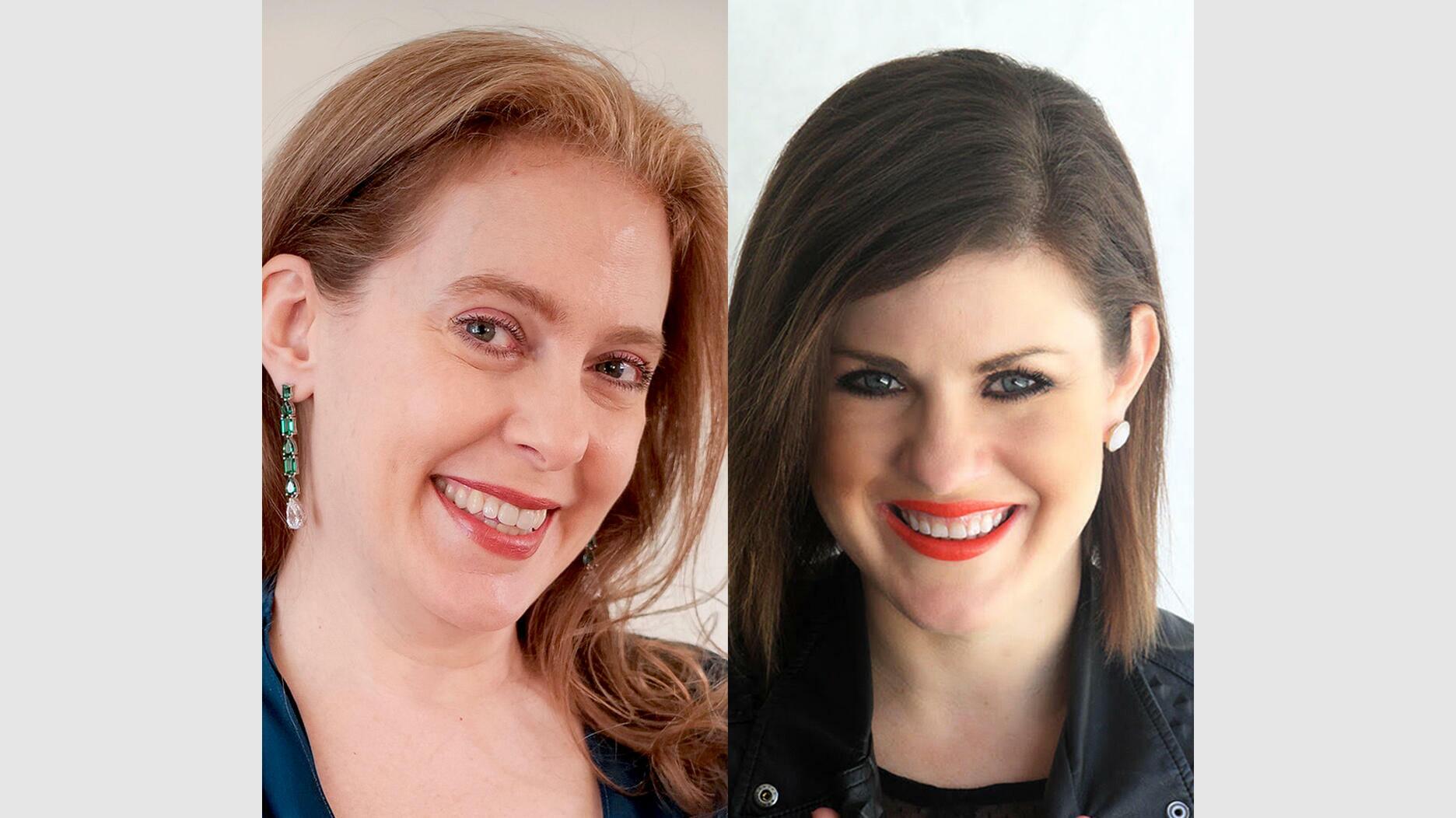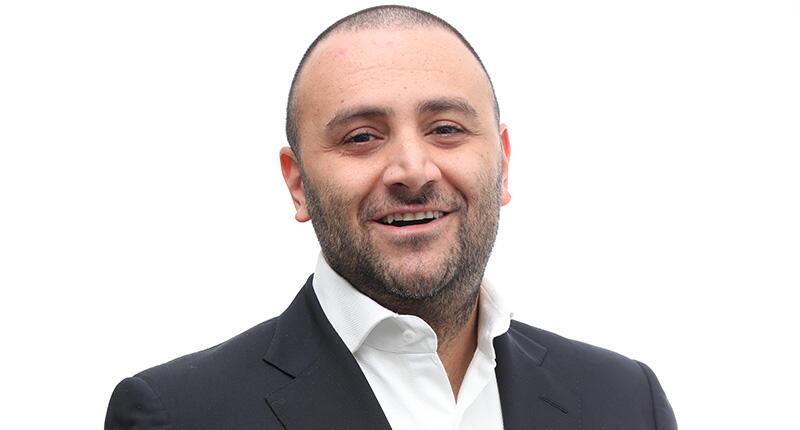Articles about crime, engagement rings, and a necklace worn in the World Series generated the most interest among readers.
Squirrel Spotting: Why Some Salespeople Avoid Asking for the Sale
It might be because they have a fear of rejection, and Peter Smith might have a solution for you.

We can coach and cajole.
We can incent and inspire and yet, no matter what we do to help the situation, some salespeople demonstrate a remarkable capacity to do everything except, well, ask for the sale.
If you find yourself sounding like a broken record (you know, those things we listened to before tapes, CDs and streaming) in trying to get otherwise-solid salespeople to close sales, there might be a good explanation in findings from neuroscience.
When the brains of people with low resilience were monitored under fMRI machines (functional magnetic resonance imaging, which kind of acts like a GPS for your brain, showing areas that light up with certain stimulants and triggers), researchers found that rejection has a similar effect on their brains as being physically assaulted.
Think about that for a moment—rejection can have the same effect as someone smacking you upside your head.
Given that, it is hardly surprisingly that people with low resilience will seek ways to psychologically protect themselves to avoid situations that invite rejection on an ongoing basis, like sales for instance.
It is confounding to see salespeople with so many good qualities—hard-working, honest, knowledgeable, easy to work with, otherwise good with customers—who struggle to close sales.
These are the very salespeople who find friendly hiding places in the store.
That could manifest as any kind of busy work that keeps them from the unpleasant task of having to ask for a commitment from customers and then face the inevitability of rejection, rejection that they take very personally. Rejection that chips away at their confidence and self-esteem.
Jia Jiang, an MBA student at Duke University, wrote a brilliant and funny book a few years ago called “Rejection Proof.”
In the book, the author resolved to overcome his own fear of rejection by undertaking a series of crazy requests over 100 days to condition himself to handle rejection better.
Among his more unusual requests:
-- Approaching a random security guard and asking to borrow $100;
-- Asking a manager at Krispy Kreme to make a special Olympic Rings donut;
-- Requesting a refill (of the burger) at Five Guys;
-- Asking to make the safety announcement on a Southwest Airlines flight; and
-- Asking for a haircut at PetSmart.
Jiang’s book is very funny, sometimes even hilarious, but it really speaks to a serious topic that is borderline debilitating to many people, including a large percentage of salespeople—the fear of rejection.
He wrote: “I was hearing from people who, like me, reviewed rejection as something so painful, so personal, and so negative that they would rather not ask for things, rather conform to the norm, and rather not take risks just to avoid the possibility of rejection. Like me, they had spent much of their lives rejecting themselves before others could get the chance.”
I’ve witnessed this phenomenon hundreds of times over the course of my career.
It might be salespeople standing at the back of the store and allowing their more resilient colleagues to greet customers.
It’s giving customers “get-out-of-jail-free” cards, in the form of a business card with hastily scribbled product information and an invitation (you can’t make this stuff up) to shop around some more and have a think about it.
And, of course, the most painful scenario of all: standing opposite the customer unable and unwilling to close the sale they have otherwise earned, until the customer decides to break the stalemate by leaving the store to think on it some more.
Other than hiring salespeople with unstoppable resilience (the best remedy), there is no easy solution to this problem.
What might be helpful, however, is resetting the expectation by having your salespeople reward themselves for collecting customer nos.
In order to hear no from the customer, someone must ask for the sale—that’s progress. We also know that sales are a math game and the more you ask for the sale, the more success you will likely have in getting to yes.
It’s as if we have to earn the yes by eliminating as many nos as possible.
For the salespeople with low resilience, destigmatizing rejection may help them get the boogeyman out from under their beds as collecting nos becomes an end in and of itself.
It’s no longer something to be feared.
It’s not a perfect solution, but it ought to be slightly more palatable than asking for a haircut at PetSmart.
The Latest

As part of the leadership transition, Sherry Smith will take on the role of vice president of coaching strategy and development.

It marks the third time the country has headed the Kimberley Process. Ghana will serve as vice chair.

How Jewelers of America’s 20 Under 40 are leading to ensure a brighter future for the jewelry industry.

The new Bulova x Stetson designs highlight two animals often associated with the American West—the bison and the Texas Longhorn.


Its residency at Yamron Jewelers will run through May 2026.

From influential executives to innovative designers, we pay tribute to the people we said goodbye to this year.

Roseco’s 704-page catalog showcases new lab-grown diamonds, findings, tools & more—available in print or interactive digital editions.

The retailer is expanding into areas with large Indian and South Asian populations.

The Italian brand has opened its first flagship amid the peaks of the Dolomites in Madonna di Campiglio, Italy.

The new curation at the Natural History Museum of Los Angeles County showcases rare gem and mineral specimens in their uncut, natural state.

The couple pleaded guilty to concealing at least $127 million in cash transactions at its precious metals businesses.

Consumers shared concerns about prices, inflation, tariffs, trade, and politics in the survey’s write-in response section.

In February 2026, the auction house will move its headquarters to the former Steinway Hall, a neoclassical landmark on Billionaires’ Row.

The new show will take place Jan. 23-25, 2026.

The former BHP Billiton leader and Gemfields chairman is remembered for his influential leadership throughout his 50-year mining career.

The LVMH-owned brand has partnered with the costume design union to revamp its award for 2026.

The luxury titan inked a deal to acquire an initial minority stake in the jewelry manufacturer with a pathway to full ownership by 2032.

The company’s curation of unsigned vintage and estate jewelry debuted at the Bloomingdale’s in Costa Mesa, California.

In the recent multi-shipment seizure, CBP also found counterfeit Audemars Piguet, Moncler, and Chrome Hearts items.

Helzberg’s Chief Retail Officer Mitch Maggart shared details about its tests of a new store concept rooted in an elevated luxury experience.

Jewelers of America execs and National Jeweler editors discuss tariffs, the sky-high gold price, and the engagement that broke the internet.

The luxury goods company said founder Ippolita Rostagno will remain at the brand’s helm.

Laura Burdese, who joined the Italian luxury brand in 2022, will take on the role in July.

The National Jeweler editors revisit the most noteworthy industry happenings and design trends from 2025.

Need a gift for the cat lover who has everything? Look no further than our latest Piece of the Week.

It purchased the “Grosse Pièce,” an ultra-complicated Audemars Piguet pocket watch from the ‘20s, for a record-breaking price at Sotheby’s.




























